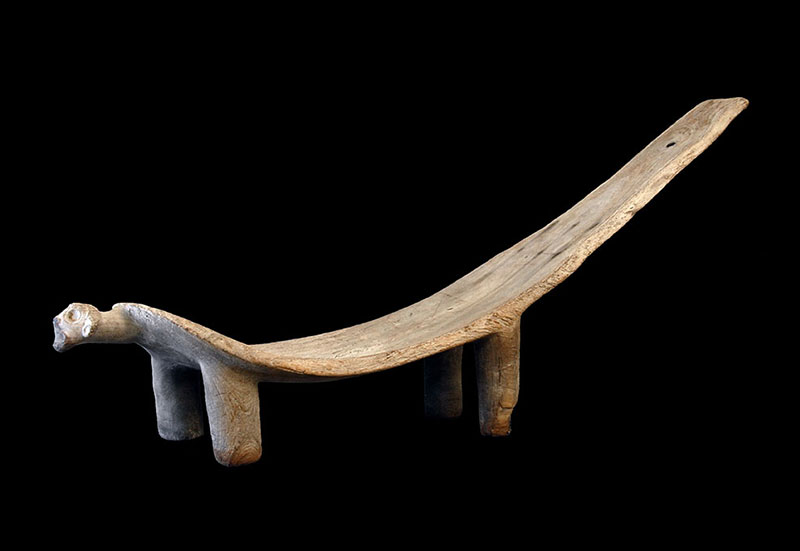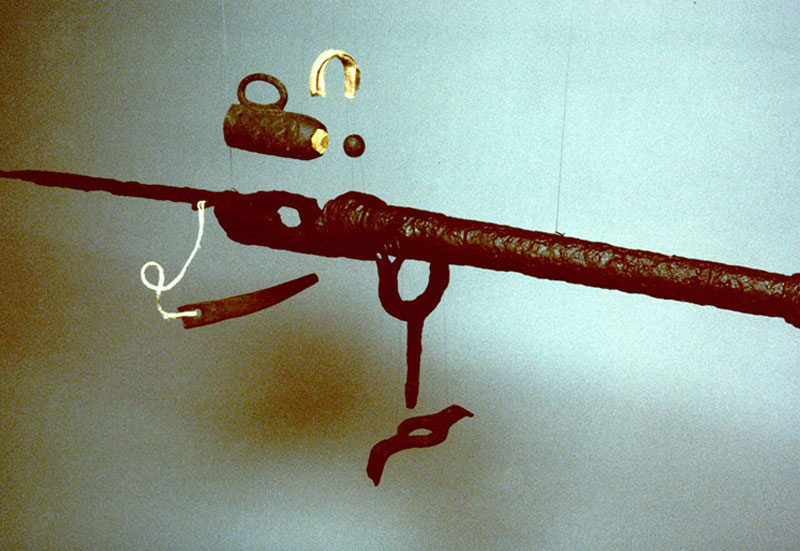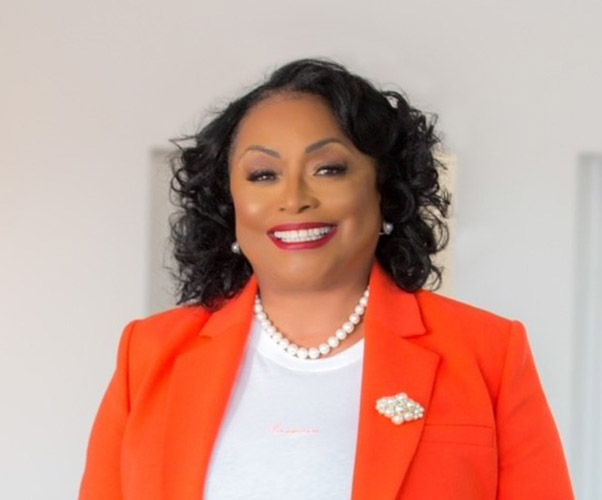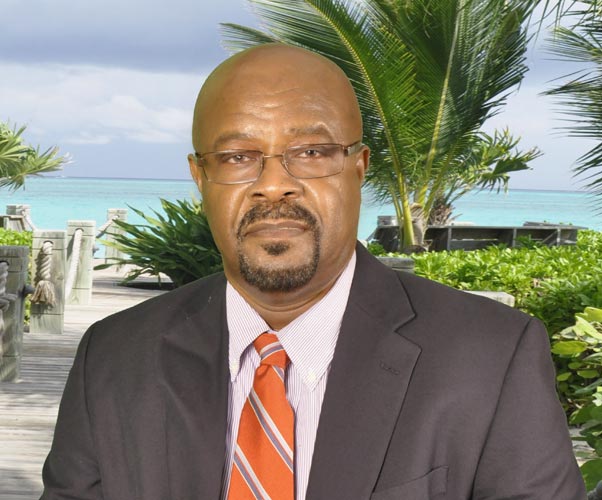Without the support of members like you, we could not exist. You are the source of our success!
Thank You.
Help preserve the history of the islands.
Without the support of members like you, we could not exist. You are the source of our success!
Thank You.

RED was chosen to represent the nation’s capital, Grand Turk. The color is taken from the red/pink fruit found on the national plant, the Turks Head Cactus. They were once found in abundance on Grand Turk before they were removed to accommodate the salt ponds.
WHITE was chosen to represent Salt Cay. The color came from salt. The salt industry was largely responsible for populating the islands of Salt Cay, Grand Turk and South Caicos.
ORANGE was chosen to represent South and East Caicos. The color comes from the Spiny Lobster and fish and reflects the fishing industry in the “Big South.”
TAN was chosen to represent Middle Caicos. The color is taken from the raw material (thatch) that once covered the roofs of the houses. It is also used to make straw hats, baskets and brooms. Middle Caicos is known for the superior quality of native craftwork.
GREEN was chosen to represent North Caicos and Parrot Cay. The color is taken from the fruit trees and other types of trees that flourish in the most fertile of all the islands. North Caicos is also home of Wade’s Green Plantation, the most successful of Caicos Islands cotton plantations.
TURQUOISE was chosen to represent the islands of Providenciales, Pine Cay and West Caicos. The color is taken from the beautiful turquoise waters that surround these islands on which our famous Caicos fishing sloops sail. These turquoise waters also contribute to our newest industry, tourism.
PINK was chosen to represent the beautiful conch shell, flamingoes and the numerous uninhabited cays that make up our chain of islands.
YELLOW represents God’s glory as the sun shining down on all our beautiful islands and cays. The sun also contributes to our newest industry, tourism.

View a timeline of important events and dates in the history of the islands


Photo courtesy of Joanna Ostapkowicz. The Duho is one of the rarest artifacts in the museum’s collections. It was used a ceremonial seat for the cacique or chief of the Lucayans, the first inhabitants of these islands.

The Grand Turk Lighthouse was erected in 1852 and was originally designed to burn whale oil and had an Argand reflector lamp. In 1943 the lighthouse was converted to a Fresnel Lens one of these lenses is now on display at the Museum.

The Molasses reef wreck, an early Spanish Caravel was equipped with three types of breech-loading swivel guns, one type is shown above. The swivel guns are thought to be anti-personnel weapons placed wherever convenient along the ship’s rail.

The museum has diverse collection of early postcards of the Turks and Caicos Islands. Most post cards depict scenes on Grand Turk, the capital and from the salt industry.


The Turks & Caicos Islands National Museum on Grand Turk surely stands in one of the most majestic settings of any museum, anywhere! Perched on the edge of the Columbus Landfall national park. The 200-year-old building, “Guinep Lodge”, which houses a multitude of artifacts covering everything from the pre–Columbian Indians to the modern age, is a museum in its own right. The west facing building has stood firm and witnessed 200+ years of incredible TCI sunsets and has withstood every major hurricane since before records began.
The National Museum plays a vital role in recovering, preserving, recording and displaying the history of these island for all to see, enjoy and learn from. The museum’s archive is a veritable treasure trove of information, with enough information to fill two museums. With thousands of pre-Columbian artifacts from multiple archeological digs from around the TCI over the last 50 years, un-displayed artifacts from ancient warships, parish records or births, deaths and marriages dating back over 200 years; a veritable gold mine of information, just waiting to be discovered.
The museum is not only an exhibition facility for local history and artifacts, but also undertakes important work in the community with multiple events throughout the year and supports all the TCI schools, has a regular summer camp and kids club for our budding historians and archeologists of tomorrow. The Grand Turk location includes a “science building” which is a fully fledged restoration facility to stabilize artifacts before they are displayed or stored in the archive. All of this work has been quietly undertaken since the museum was founded 30 years ago. There is also a campus on Provo and there are exciting plans underway to construct a new, multimillion dollar purpose-built facility for the wider enjoyment of our fascinating history. The Governor’s Office is proud to have supported the TCNMF over the years with vital capital projects.
Whether you are a local, or a visitor to our beautiful shores; I encourage you to visit and support the Turks & Caicos National Museum and absorb our colorful and surprisingly diverse local history.
H E Nigel Dakin CMG
Previous Governor of the Turks & Caicos Islands

"It is a pleasure as Minister with responsibility of Heritage to welcome you to the Turks and Caicos Islands National Museum website. This Gem of an operation is perhaps the most notable establishment in regards to sites of historical interest. Since its establishment in 1991 it has always been an intricate part of our tourism product.
As a supporter, I believe the National Museum’s success depends on all resident and visitors; and as Minister I am committed to strengthening our tourism product through the infusion of authenticity and the increase in awareness of the National Museum in the development of heritage assets for sustainable tourism development.
Visit and explore the Grand Turk and Providenciales locations and experience our heritage and culture through interactive displays and exhibits. Special thanks is extended to the National Museum, a tangible product, a repository for artefacts and documents, providing a true island experience.".
Hon. Josephine Connolly
Minister for Tourism, Envrionment, Heritage & Culture, Maritime, and Gaming

"My interest in history and research goes back to my years as a student at the then Grand Turk Secondary School, where my teacher and later mentor, the late Helena Jones Robinson instilled a curiosity in me to appreciate context. At that time, not fully appreciating the impact that curiosity would have on me, I sought only to please my teacher.
Pursuing tertiary education at various institutions, in various countries and at various levels, my initial foundation of inquiry was further stimulated. Libraries and museums would form a very important part of my education, specifically during my studies in Jamaica, Canada and the United Kingdom.
Returning home after my studies abroad, my first visit to the Museum so captivated me that I began to tell all persons, visitors and islanders alike, that a visit to the museum was a MUST! The quaintness, yet thorough organization and presentation of artifacts of various kinds avowed me.
I found tremendous joy in taking my TCI Studies students to the Museum, standing back and listening to their expressions of excitement and curiosity as the curators and assistants would walk them through the various displays and presentations.
The Jamaican expression “likkle but tallawah” (small but strong) aptly fits our Museum. The significance of this institution to our history and culture cannot be over stressed.
Welcome to The Museum. A combination of history, culture and enchantment awaits you."
Dr. Hubert A. Fulford
Former President of Turks and Caicos Islands Community College
![]()
![]()